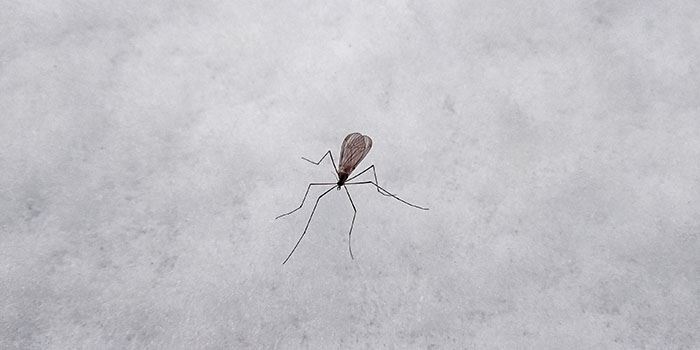Winter Midges

By Karen Menard
Seeking the warmth of the winter sunshine, an oddity of an insect awkwardly takes flight, bobbing and weaving its way through the thick winter air. Often mistaken for a mosquito, this fly in the family Trichoceridae, is most commonly known as the “winter crane fly” or “winter midge.” Although, it’s neither a mosquito, nor a true crane fly.
Usually spotted on a mild day in late fall, early winter or spring, this gangly bug is best seen perched on top of the snow, near a tree cavity or actually at eye level, dancing airborne within a larger swarm along a Metropark trail. The fluttering males perform buggy renditions of their best solo rhumba moves in order to impress any female waiting nearby.
These unarmed, adult insects go out to play when other predators are away--leading an interesting, carefree lifestyle. There is no need to worry about becoming prey to dragonflies, robberflies, mantids, spiders or really even birds, this time of year. Our resident songbirds that remain in the area are more focused on a diet of seeds, nuts and berries—not a minuscule morsel of a midge! The adults, themselves, don’t even need to worry about finding food, as they do not eat. They ingested their fill of yummy, decomposing vegetation earlier in their lives as larvae.
As you explore the winter trails this season on a sunny, mild day in the Metroparks, keep your eyes peeled for these fascinating bugs.
Did you know?
These small insects have been around for about 180 million years and sport three simple eyes called ocelli, located on the top of the head.